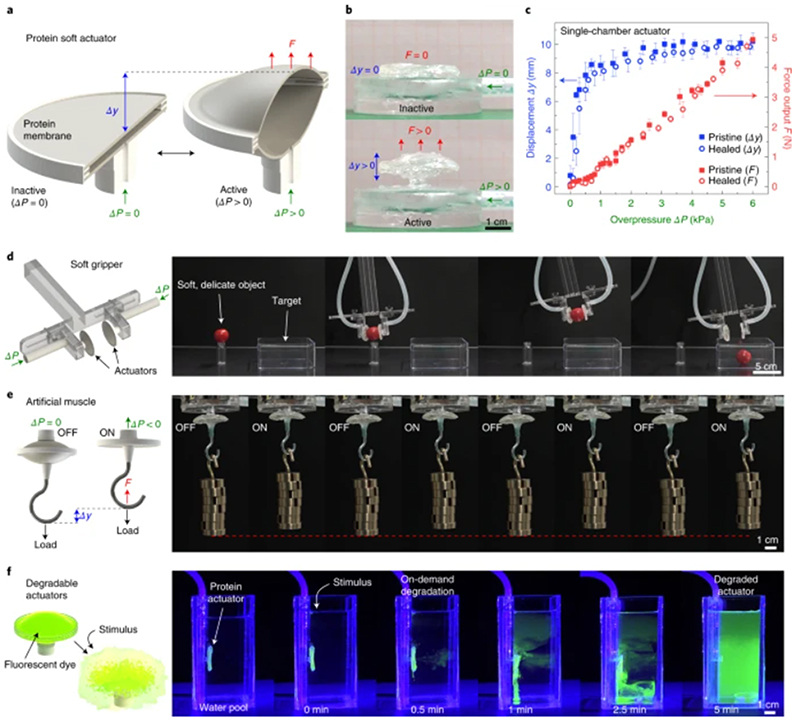Fig. 4. Self-healing, protein-based soft actuator.
a,b, Schematic and images of a soft pneumatic actuator fabricated from TRn11 protein disc membranes. c, A single-chamber actuator achieves 400% strains and 5 N force output, with no distinguishable difference in performance between pristine and puncture-healed actuators. Error bars, standard deviation (n = 5). (Source Data Fig. 4c) d, Soft gripper fabricated from two opposed protein actuators, capable of gripping soft, delicate objects (for example, a cherry tomato). e, Protein-based artificial muscle, with performance exceeding that of biological muscle. f, On-demand degradation of protein actuators by induced pH stimulus, which causes them to vanish at the end of their functional life (photodye added for enhanced visualization).

